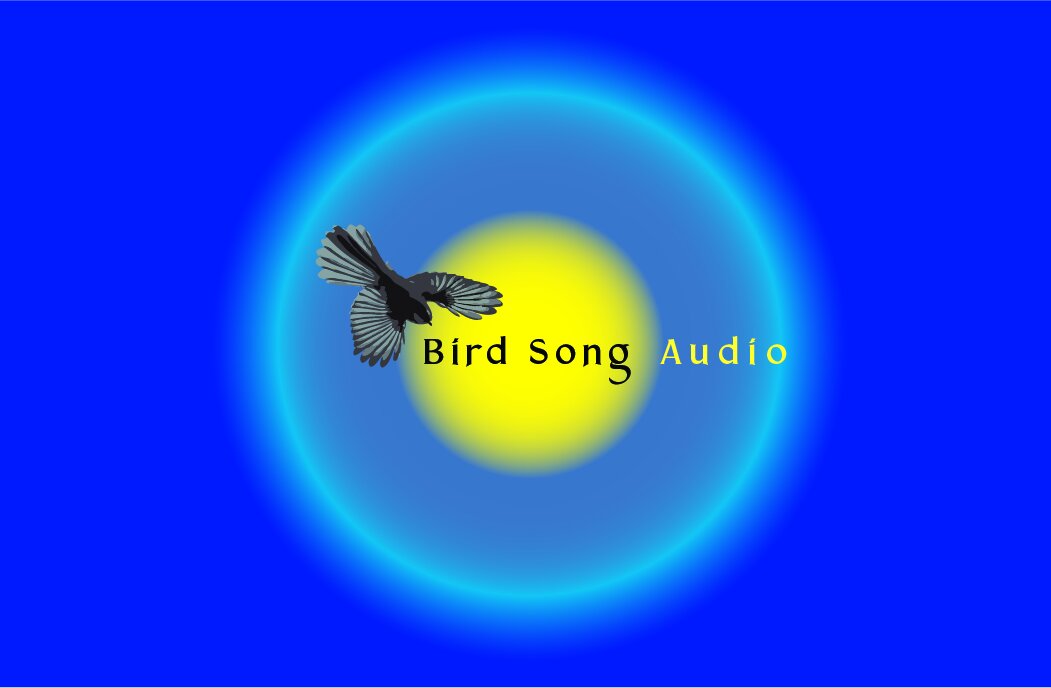
The Art of Voice: Capturing the Spoken Word
Or to put it more prosaically, ‘voice production’.
It occurs to me that this is the type of recording I’ve done for the longest; since I was 16 or 17 in fact.
For radio commercials, radio programmes, corporate and on-line videos, television commercials, cinema and film, podcasts…
Grammar, syntax, pronunciation, enunciation/diction/articulation, inflection, tone-of-voice, pacing, accent, microphone technique; these are just some of our companions on the hard road to finding the perfect voice takes.
Some ‘in my experience’ observations…
The voice can be a very powerful instrument.
Regard it as a musical instrument: hear how a great voice has musicality.
Actors don’t always make good voice artists, but a good voice artist is, by default, a good actor.
Often, a good voice artist is also a good writer and good writers often make good voice artists.
An average script can come to life with good voicing.
A good script may not be fully realised if the voicing isn’t up to scratch.
Feel when to speed up or slow down a delivery.
To quote a teacher of mine, “embrace the pause”: pause-for-effect is a powerful device.
A well written script is a joy to work with, especially one with consideration of pause-for-effect and change of pace.
Professional voice production is second only to music production as regards the amount of concentration and persistence required.
With each, creating a positive rapport is critical and feedback should always be constructive and emboldening.
Listen; closely, carefully, constantly.
Some tips for writers…
Sentences should be short, so that the voice artist can pause to take breath.
Grammar, syntax and spelling should be spot-on; it’s part of your job.
Pronunciation guides should be provided when foreign, technical etc terms are included in the script.
Some tips for engineers…
Keep track of the best takes. Take note of times, add location points: whatever it takes to make the final editing of takes efficient and error-free.
Listen out for plosives, sibilance and other mouth noises. Unless it’s an amazing take, it’s usually more time efficient to get a fault-free recording, instead of having to ‘fix-in-the-mix’.
And a general tip…
One should never have two voices occurring at once and this is scientifically proven.
For instance a (spoken) voiceover and a (sung) vocal.
What happens is that the listener’s brain is divided as to which voice to listen to, and the power of the key message (which is usually the voiceover) is weakened and largely lost.
Even if there are visuals to support the key message (as with some TV commercials), it is still difficult for the brain to assimilate more than one message at any one time.
If it occurs in a purely audio format (such as a radio commercial), then it’s potentially a waste of the client’s money.
